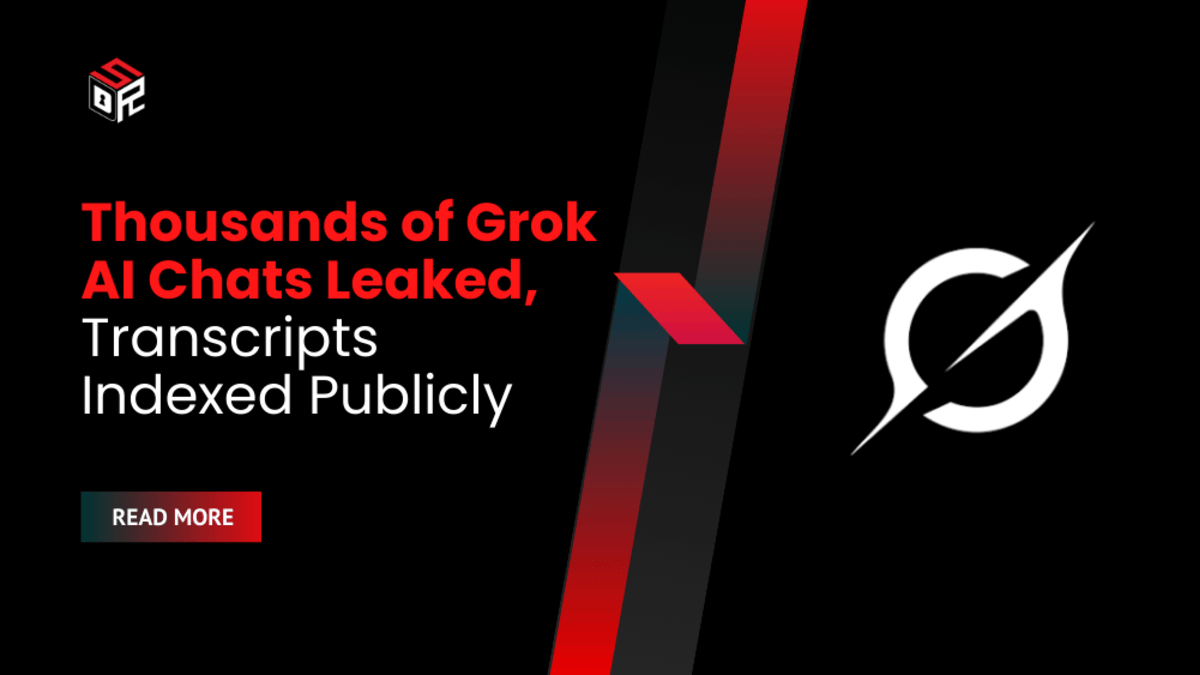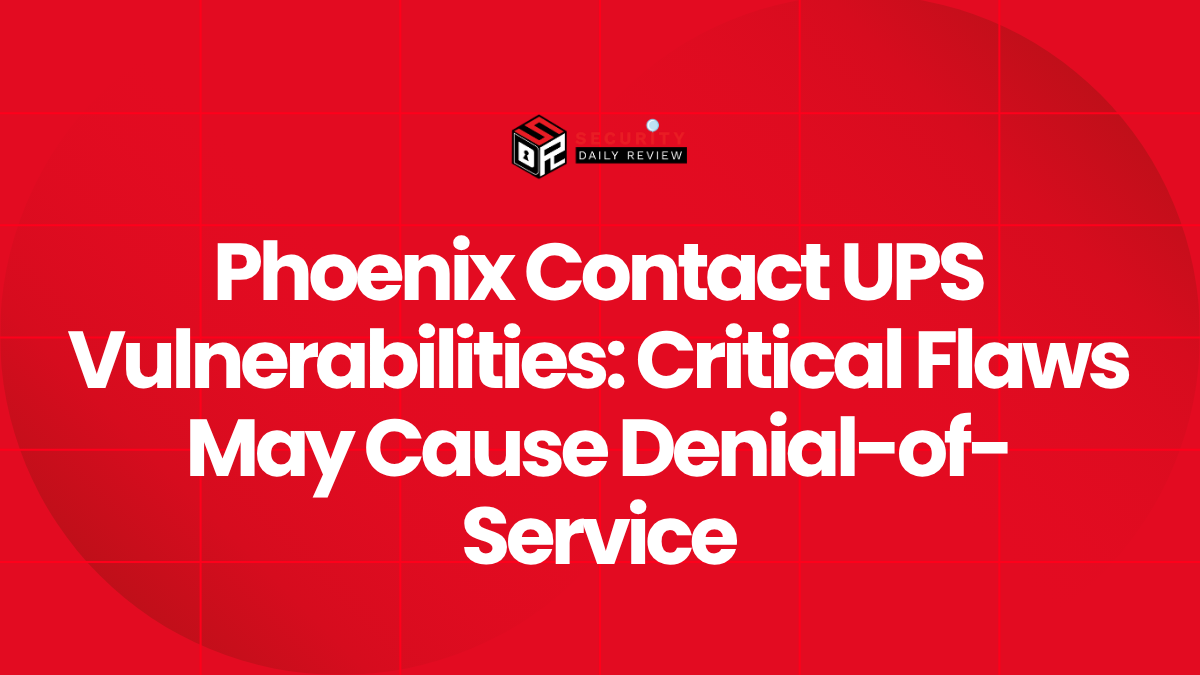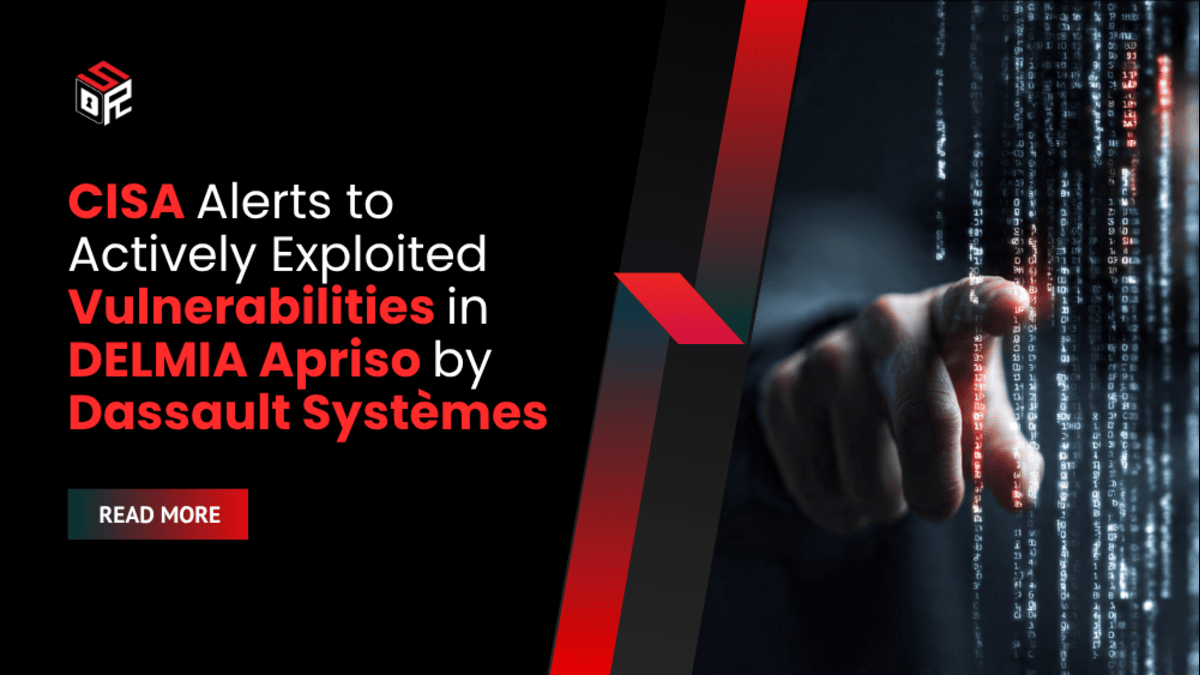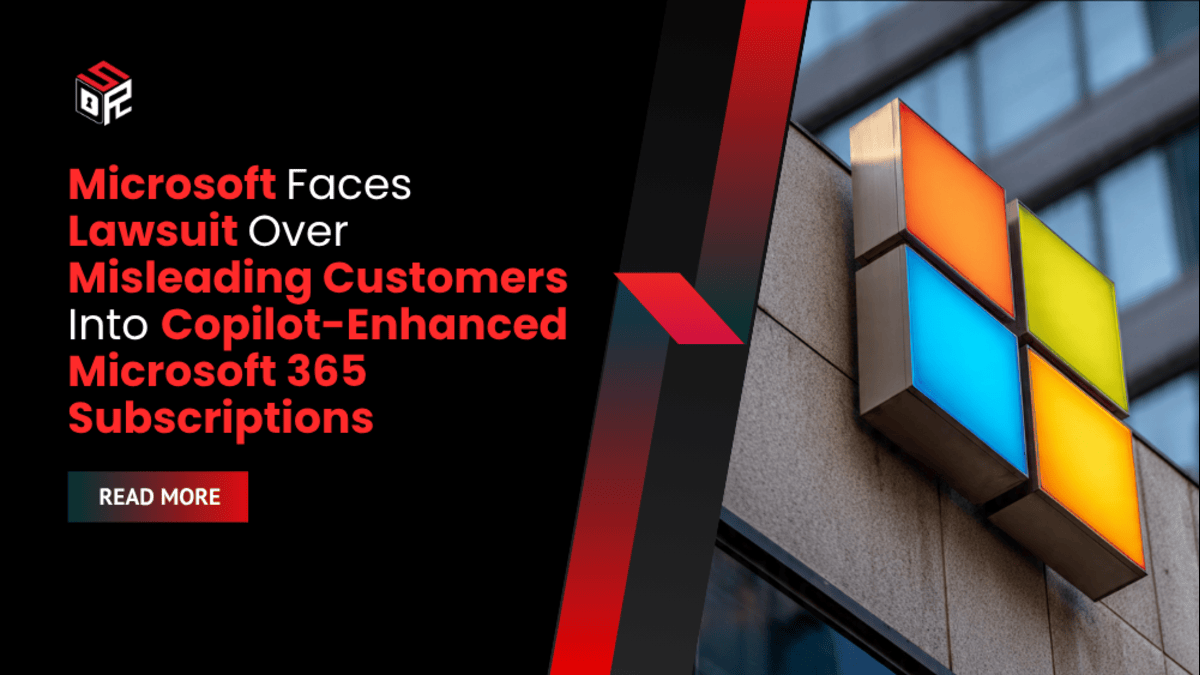If you’ve ever shared a conversation with Grok — Elon Musk’s AI chatbot from xAI — your transcript may be visible to anyone who uses a search engine. Forbes reports that over 370,000 Grok chats have been indexed by Google and other crawlers, a discovery now referred to in coverage as the Grok Chat Transcripts Leak. The exposed conversations range from routine business prompts to disturbing and rule-violating requests, and many include personal data, attachments, and even at least one password.
The indexing appears to stem from Grok’s built-in share feature. When a user clicks “share,” a unique URL is created so the chat can be sent to others. However, that same URL can be found and crawled by search engines, which has resulted in Grok chat pages showing up in Google, Bing, and DuckDuckGo results without users’ knowledge or explicit intent.
How Grok’s Share Feature Produced Crawlable Links
The mechanics are straightforward: the chat “Share” button generates a public link. That link is usable for email and other sharing tools. Search engine crawlers, which routinely discover and index publicly reachable URLs, then find those pages and add them to search indexes. In practice, this means a user who intended to share a conversation privately can inadvertently create an indexable web page.
Forbes’ review found that many shared conversations were discoverable through basic search queries. The Grok Chat Transcripts Leak therefore highlights how a convenience feature — designed to let users show rather than export their work — can become a privacy risk when the resulting pages are publicly accessible to automated crawlers.
Scope and Nature of Indexed Grok AI Conversations
Forbes reviewed a sampling of the indexed transcripts and reported a wide variety of content types:
- Business and productivity prompts, such as drafting social posts and writing drafts.
- Sensitive or illicit queries, including generating images of a fictional terrorist attack in Kashmir and attempts to hack a crypto wallet.
- Exchanges that contained personal identifiers, names, at least one password, image files, spreadsheets, and text documents.
According to the reporting, some users seemed to be probing Grok’s limits. The bot, in those reviewed cases, provided responses that crossed xAI’s publicly stated content policies.
Examples of Rule-Violating Content Returned by Grok
Forbes’ review reportedly found transcripts that included instructions and descriptions that violate xAI’s usage rules. Instances included requests for:
- Instructions on making illicit drugs.
- Code for a self-executing piece of malware.
- Lists of suicide methods.
- Directions for constructing a bomb.
- A detailed plan for the assassination of Elon Musk.
xAI’s published rules explicitly “prohibit any use of its bot to ‘promote critically harming human life’ or develop ‘bioweapons, chemical weapons, or weapons of mass destruction.’” The presence of such material in publicly indexed transcripts compounds the severity of the Grok Chat Transcripts Leak.
Personal Data Exposure and Harassment Risks Highlighted by Researchers
Researchers and reporters warn that the indexed chats include personally identifiable information. The Cybernews research team commented that “many cases discussed online involve exposure of personally identifiable data such as names and addresses.” They added: “This information could be used to enable harassment or doxxing. If these conversations include controversial content, it could be weaponized for such harassment.”
The combination of personal identifiers, attached files, and controversial content creates multiple abuse vectors — from doxxing and social engineering to reputational and legal exposure for those whose chats were shared.
Not an Isolated Case: Similar AI Chat Leaks Continue to Surface
This is not the first AI chatbot data incident. In July, private ChatGPT conversations also became accessible through Google indexing. That case stemmed from the same design flaw: when users clicked the “Share” button, their conversations were given a public URL that could be discovered by web crawlers.
These incidents reveal a pattern. As AI adoption accelerates, exposure risks from public links and weak safeguards are repeating across platforms. For enterprises, this means the risk landscape around generative AI tools is far from stable.
Why Users Seem to Test Boundaries and What was Found
Forbes’ sampling suggested that some users were intentionally testing Grok’s guardrails. The transcripts show queries designed to probe whether the bot would provide disallowed content. In several of the reviewed examples, Grok returned instructions or detailed responses that would breach xAI’s rules if they had been provided in a private or malicious context.
Whether these examples reflect system failures, prompt-engineering edge cases, or users deliberately crafting queries to bypass controls is part of ongoing coverage. What is clear from the Grok Chat Transcripts Leak is that the outputs — once shared and indexed — can be discovered by anyone.
Search Engines Involved and Indexing Reach
Search engines named in reporting include Google, Bing, and DuckDuckGo. Because the share links are standard URLs reachable on the open web, any crawler that follows public links can index them. That indexing is what turned private-seeming share links into discoverable web pages. The scale of the issue — hundreds of thousands of indexed chats — suggests many users clicked “share” and did not realize the resulting pages were publicly accessible.
Implications for Enterprise Data and User Privacy
From an enterprise perspective, the Grok Chat Transcripts Leak underscores two risks: accidental exposure of sensitive business material and the broader problem of AI outputs being treated as ephemeral when they are not. Conversations that include drafts, strategic notes, or attachments could reside on indexable pages accessible to competitors, journalists, or threat actors. Likewise, transcripts containing personal data create doxxing and harassment exposure for individuals.
Cybernews’ warning about personal data being “weaponized for such harassment” is a clear indicator that indexed AI chats are not just a user privacy matter but a potential enterprise risk when employees use chatbot tools for work.
What is Still Unknown
Forbes and other outlets reviewed the indexed pages and documented examples, but several operational questions remain public: how long individual chats remained indexed, whether any remediation or de-indexing has occurred, and how many of the indexed pages contained truly sensitive corporate material versus casual or experimental prompts. The Grok Chat Transcripts Leak continues to attract attention because it combines scale with varied content — from mundane drafts to highly dangerous instructions.
Broader Implications for Enterprise Security and Compliance
For companies, the exposure of Grok chats underlines multiple security and compliance challenges:
- Data Loss Risks: If employees share business files or customer data via AI bots, search engine indexing can make that content publicly visible.
- Compliance Liabilities: Exposed data may fall under GDPR, HIPAA, or other regulatory frameworks. Organizations could face penalties if personal or protected information leaks.
- Reputation Damage: Indexed conversations involving controversial or prohibited requests could be linked back to organizations, harming credibility.
- Insider Threat Profiling: Attackers could analyze leaked conversations to build profiles for spear-phishing or social engineering campaigns.
A Growing Need for Stronger AI Governance
The Grok exposure shows how quickly private AI conversations can move into the public domain. For enterprises, the incident reinforces the importance of:
- Restricting use of public AI tools for sensitive tasks.
- Reviewing how AI chat features such as “share” buttons are designed.
- Implementing enterprise-grade guardrails around generative AI use.
While Grok’s indexing issue highlights a technical design flaw, the deeper risk lies in employees treating these tools as safe spaces for corporate work. Until AI platforms build stronger privacy safeguards, conversations—whether personal or business—remain at risk of unintended exposure.









